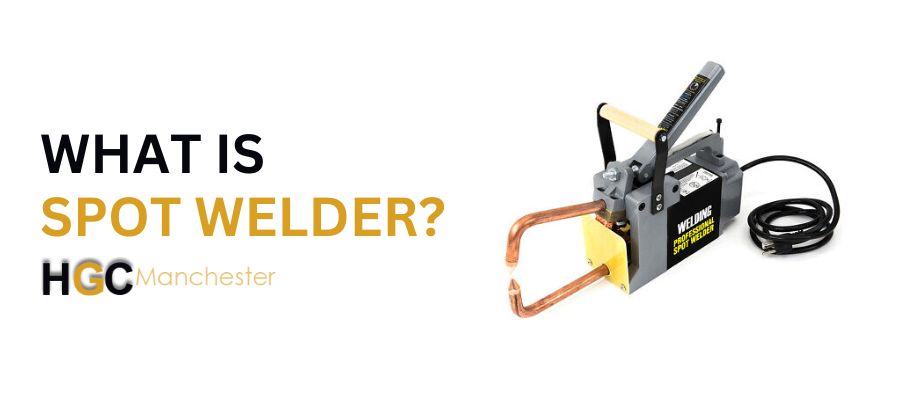
A spot welder is a specialized machine used to join two or more metal surfaces together by applying heat and pressure at specific points. The process, known as spot welding, is a type of resistance welding where the heat generated by the resistance to electrical current flow causes the metal surfaces to melt and fuse together. This method is widely used in various industries due to its efficiency, speed, and ability to create strong, durable joints.
Key Components of a Spot Welder
- Electrodes: These are the conductive tips that deliver the electric current and apply pressure to the workpieces. Typically made from copper alloys, electrodes are crucial for the efficiency and precision of the welding process.
- Transformer: This component steps down the high voltage from the power supply to a lower voltage while increasing the current. The high current is necessary to generate sufficient heat for welding.
- Control System: Modern spot welders are equipped with control systems that allow precise regulation of welding parameters such as current, pressure, and time. This ensures consistent weld quality.
- Cooling System: To prevent overheating and damage to the electrodes and other components, spot welders often incorporate cooling systems, such as water cooling.
- Welding Arm: This part holds the electrodes and allows them to move to apply pressure to the workpieces. In some machines, the welding arm can be adjusted to accommodate different sizes and shapes of workpieces.
Types of Spot Welders
- Portable Spot Welders: These are handheld devices used for small-scale applications or in situations where mobility is essential. They are commonly used in automotive repair shops and small fabrication businesses.
- Stationary Spot Welders: These are fixed machines typically used in industrial settings. They offer greater power and precision, making them suitable for large-scale manufacturing processes.
- Robotic Spot Welders: Integrated into automated systems, these welders are used in high-volume production environments such as automotive assembly lines. They offer high precision and repeatability.
Benefits of Spot Welding
- Efficiency: Spot welding is a fast process, capable of joining metal sheets in a matter of seconds, making it ideal for mass production.
- Strength: The welds produced are strong and reliable, suitable for applications where structural integrity is critical.
- Cost-Effective: Spot welding requires minimal consumables and labor, reducing overall production costs.
- Versatility: This method can be used on various metals, including steel, aluminum, and nickel alloys, as well as different thicknesses and shapes.
- Minimal Distortion: Due to the localized heating, spot welding minimizes the warping and distortion of the workpieces.
Applications of Spot Welding
- Automotive Industry: Spot welding is extensively used in the manufacturing of car bodies and components. It ensures strong joints in areas subjected to significant stress.
- Electronics: The process is used to join metal parts in electrical devices, such as battery packs and electrical connectors.
- Construction: Spot welding is applied in the fabrication of metal structures, frames, and panels used in buildings and infrastructure projects.
- Aerospace: In the aerospace industry, spot welding is used to join lightweight materials like aluminum and titanium, ensuring strong yet lightweight assemblies.
- Home Appliances: The manufacturing of home appliances, such as refrigerators, washing machines, and microwaves, often involves spot welding to join metal parts.
